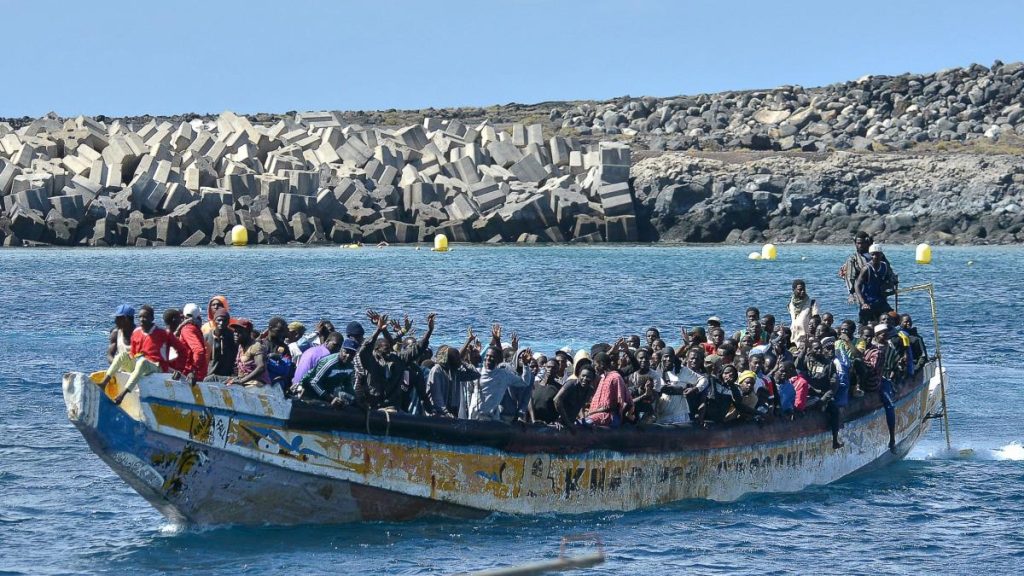The number of illegal migrants arriving on the Spanish Canary Islands is rapidly increasing, with nearly as many people coming to Europe through this once marginal route as the two main routes. The route from Northwest Africa is extremely dangerous. Recently, a boat carrying migrants was discovered half-sunken near the island of El Hierro, prompting a rescue operation that saved nine individuals who had been adrift at sea for two days after their boat began sinking. This route is becoming more significant, with arrivals via the Atlantic route on the Canary Islands increasing fivefold compared to the previous year.
According to a confidential EU Commission report on illegal border crossings, arrivals on the Canary Islands have increased significantly, with 15,909 migrants detected by April 22nd, a 421% increase from the same period the previous year. The main group arriving on the islands are Malians, followed by Senegalese, individuals of unknown nationalities, Mauritians, and Moroccans. The report highlights the need for intense monitoring as arrivals from Senegal have been increasing due to smugglers using larger boats. The security situation in Mali has also deteriorated, potentially leading to more displacements, especially to Mauritania. The number of arrivals on the islands has surged, with over 8,000 people arriving by the end of April, compared to just one boat in the previous year.
In Germany, about half of asylum seekers arrive without registration, highlighting the challenges in controlling illegal migration flows. National border police, along with EU border agency Frontex, have detected around 59,600 illegal border crossings into the EU this year, a 20% decrease from the previous year. However, these numbers are just estimates as not all migrants are registered upon entry into the EU. There is a significant gap between detected illegal entries and the number of asylum applications, with around 75,000 asylum applications in Germany alone this year. The EU is working to improve the registration and return process through the EU Asylum Reform.
All EU member states are required to store the fingerprints of all migrants who entered illegally in the central database Eurodac for security and return purposes. The return process has been challenging, but the EU Asylum Reform aims to streamline this process. Germany has introduced a simplified notification process to accelerate returns of multiple asylum seekers and ensure smoother transfers between member states. The new regulations are expected to come into force 20 days after publication in the Official Journal of the EU and be implemented within two years.
It is essential to address the growing migrant crisis on the Canary Islands and other EU external borders by implementing effective asylum and return procedures. EU support is crucial in demonstrating the feasibility of swift processing and returns, as outlined in the recent EU Asylum Reform. The objective is to ensure that those not eligible for protection are promptly returned to their countries of origin, in line with existing migration laws. The implementation of these measures will require coordination and cooperation among EU member states to effectively manage and address the challenges posed by illegal migration.















